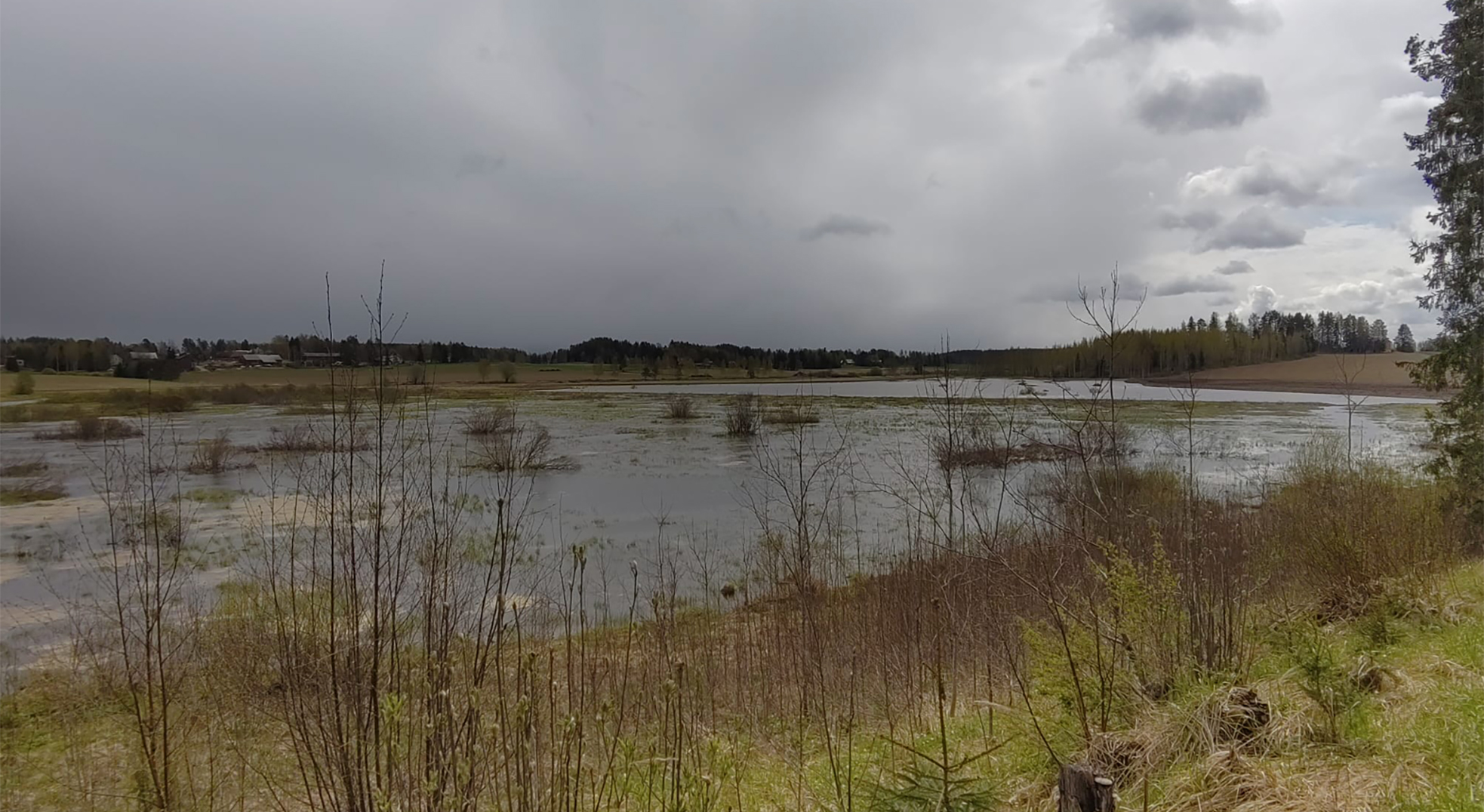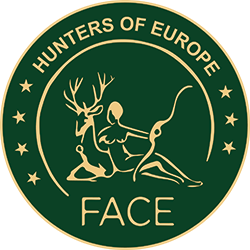
18 Jul 2025 Top quality breeding habitats for waterfowl funded by FACE Members
Loss of habitat is the key threat to biodiversity virtually everywhere, and wetlands are among the habitat types most heavily impacted, jeopardizing the conservation of wildlife species relying on those.
Across Europe, the hunting community is well aware and have a long-standing history of wetland conservation, including management and restoration. This is well captures by FACE’s Biodiversity Manifesto, which shows that the highest proportion (45%) of hunters’ projects consist in habitat restoration and that wetlands are the habitat types most involved in conservation projects together with farmlands (34% and 35%).
Recently, FACE Members significantly contributed to a key wetland restoration project in Finland; the SOTKA project.
The SOTKA (‘AYTHYA’) project is a large-scale habitat restoration strategy by the Finnish Ministry of Agriculture and Forestry building wetlands and a network of resting areas for waterfowl, restoring mires and catchments, and capture small predators. Many ducklings hatch in the boreal wetlands of Finland, where some of the best North-Western European breeding areas for migratory waterbirds are found. Therefore, at the scale of the EU, Finland is a key country for the breeding waterfowl.
The Danish Hunters’ Association (Danmarks Jægerforbund), Italian hunting Federation (Federazione Italiana della Caccia – FIDC), the Royal Dutch Hunters’ Association, and the National Association of Regional Game Councils (NARGC) all made donations for wetland restoration and the creation of top quality breeding habitats for waterfowl.
Take a look at some of the wetlands created so far thanks to FACE Members’ funding:
Korpinurmi
The wetland was restored from an old peat production area that was used as hay field. The dam construction was in late summer and 1.7 km of dam and structures was built. This created a shallow wetland by retaining the water at flood level. The wetland provides 14 ha of quality breeding habitat for waterfowl. This project was financed by the Waterfowlers’ Network, the British Association for Shooting and Conservation, the Royal Dutch Hunters’ Association, the Danish Hunters’ Association, and SOTKA-wetlands.
Vitmossen
The wetland was created by damming a wet field, which, when flooded, was already a significant gathering area for birds. A bulldozer created deeper basins and constructed the dams. The bulldozer is a cost-effective machine in wetland restoration. The wetland was built in two sections and more than 600 meters of dam were built. This previous wet agricultural land was transformed into a cost-effective functioning wetland, providing 5 ha of quality breeding habitat for waterfowl in early summer and of resting place for migratory birds in winter. This project was financed by the Waterfowlers’ Network, the Italian hunting federation, the Finnish game foundation, and SOTKA-wetlands.
Leväjänkkä
The wetland was restored from an old peat production area. With the contrsution of more than 1 km of dam, a shallow wetland was created with three different water levels. This wetland and its riparian areas provide half a square kilometer of habitat. This project was financed by the Waterfowlers’ Network, the Italian hunting federation, the Finnish game foundation, and SOTKA-wetlands.

